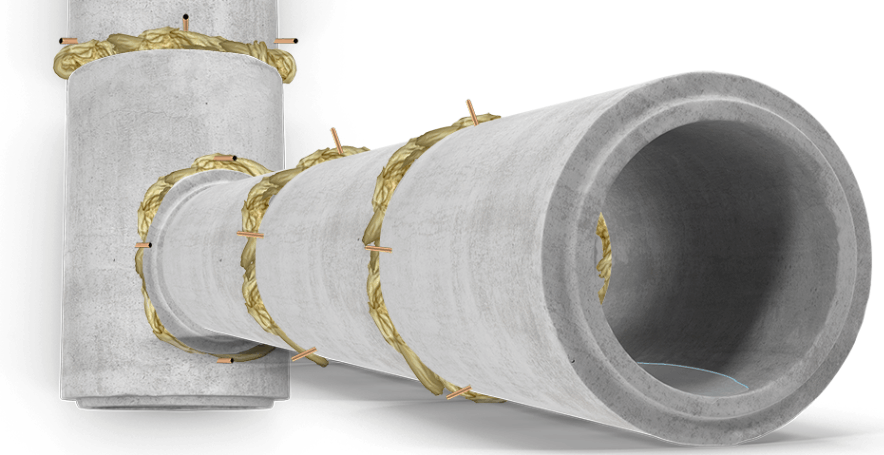The capability of geotechnical polyurethane in infrastructure applications is not common knowledge. Polyurethane’s expansive nature makes it a highly versatile tool for remediating issues related to loose or unconsolidated soils. This means applications like concrete slab lifting, roadway rehabilitation, dams and seawalls, and (the subject of this article) sanitary and stormwater sewer infrastructure rehabilitation.
Sewer Infrastructure
Soil loss and settlement around sewer infrastructure can be caused by a variety of problems. First of all, the settlement of sewer structures like utility holes, lateral lines, culverts, and outfalls can cause joints to separate, allowing water to penetrate and flow through the system in unintended ways. This means inflow and infiltration of soils into pipes, continued soil loss, and exponential degradation of the support soils and the structure itself.

There are a variety of sewer infrastructure applications polyurethane can be used for.
Here are a few examples:
- Lateral Line Sealing
- Mitigating Inflow and Infiltration
- Manhole Encapsulation
- Stabilizing Soils
- Mitigating Groundwater Migration
- Outfall Stabilization

Polyurethane Injection
Polyurethane injection is a way to rehabilitate the structure and the soils against future deterioration simultaneously. When polyurethane is injected into weak soil zones, the material begins to expand and pack the voids, integrating with loose, unconsolidated soil. Once the voids are filled, the polyurethane continues to pack and densify the support soils until it finds its way into the separated joints and cracks in the structure. The results are sewer structures that are rehabilitated back to working order and protected against future soil loss.

